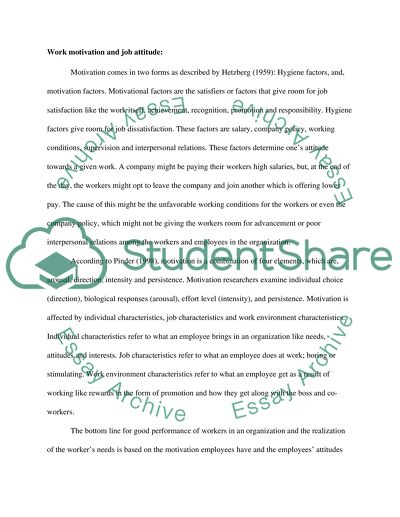Cite this document
(“Psychology- Work and Motivation Research Paper Example | Topics and Well Written Essays - 2500 words”, n.d.)
Retrieved de https://studentshare.org/psychology/1392713-psychology-work-and-motivation
Retrieved de https://studentshare.org/psychology/1392713-psychology-work-and-motivation
(Psychology- Work and Motivation Research Paper Example | Topics and Well Written Essays - 2500 Words)
https://studentshare.org/psychology/1392713-psychology-work-and-motivation.
https://studentshare.org/psychology/1392713-psychology-work-and-motivation.
“Psychology- Work and Motivation Research Paper Example | Topics and Well Written Essays - 2500 Words”, n.d. https://studentshare.org/psychology/1392713-psychology-work-and-motivation.


